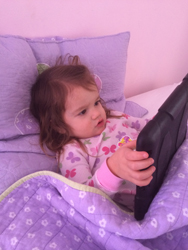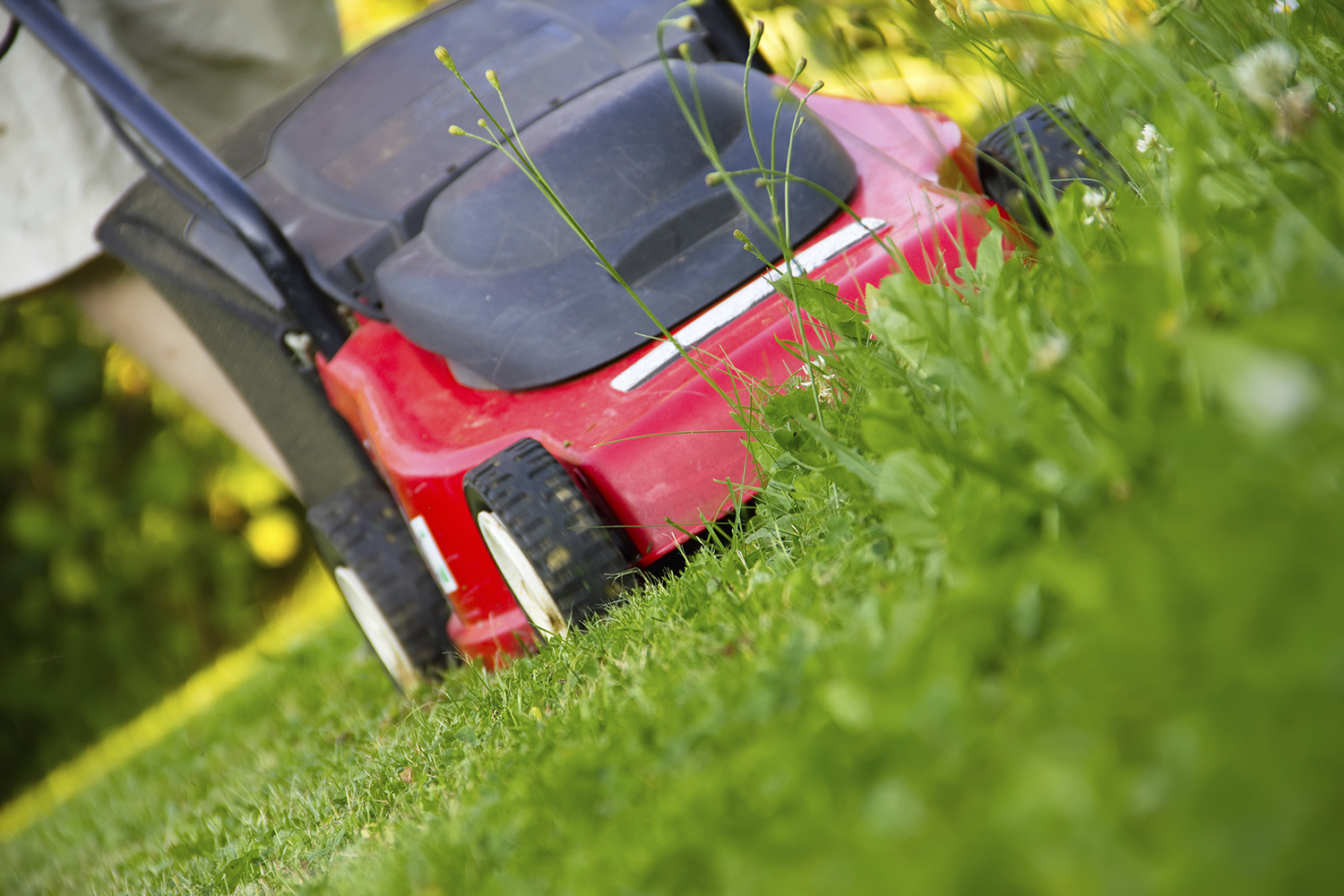When I was about 10-years-old, I had the opportunity to try a Jolt cola. When this product first came out in the mid-80s, Jolt was a frequent topic of conversation among my friends. It was not something our parents would buy for us, and therefore it was forbidden and exciting. It had 72 mg of caffeine, about twice the amount in a standard 12oz can of Coca-Cola. I don’t remember feeling anything special after I drank it, but I did think I was pretty cool.
Fast-forward to 24 years later. I was working in the emergency room as a pediatrician and a 12-year-old girl came in at 3AM with the feeling that her heart was beating out of her chest. Her chest hurt and she was scared. After talking with her I learned she had drunk two “Rockstar” drinks the night before. She usually did not drink caffeine. Depending on which brand of the drink she had, she took between 240mg and 660mg of caffeine. Tests showed she had a normal heart rhythm and everything turned out fine. Prior to coming into the emergency room, she did not make the connection between the drink and the heart symptoms.
There are currently more than fifty different energy drinks on the market, along with gums and other products that contain caffeine and other stimulants. They are marketed with hip names like Red Throttle, Red Thunder and RELOAD. Some contain just high fructose corn syrup and caffeine, while others contain ingredients that most of us are less familiar with such as guarana, yerba mate, acai, taurine, inositol and creatine. There are even “diet” versions which contain artificial sweeteners. Most contain 10-00mg of caffeine per ounce and come in containers ranging from one to 24 ounces.
It’s hard to make a blanket statement that these drinks are dangerous or safe. A child’s reaction to a particular stimulant depends, in part, on the amount ingested and how quickly it was ingested. It also depends on the child’s age, weight, previous exposure to the stimulant, other medications they are taking, how much food they have in their stomachs at the time, and their ability to metabolize certain stimulants. Given that there are so many different energy drinks available, with each product containing different ingredients at different concentrations, it’s hard to properly evaluate their safety. Even a drink such as coffee, which has been enjoyed for centuries, is still the subject of research with studies showing both positive and negative health effects.
However, there are a few things we can say with confidence. The first is that caffeine and other stimulants can cause upset stomach, nervousness, inability to sleep, increased urination, palpitations (the feeling that your heart is pounding) and a rise in blood pressure. In severe cases, seizures and abnormal heart rhythms can occur. These same symptoms could occur with a 1980s Jolt cola, but the difference is that the current drinks are often packaged in 2 oz containers and are marketed directly to young people. It’s easy to understand how peer pressure to drink these products might lead some to drink more than their body can handle. The addition of alcohol to stimulant-containing drinks puts young people at even more risk, as they often end up drinking more alcohol then they otherwise would without the stimulant.
The conclusion I draw from all of this is that it is a good idea to talk to your children about these drinks. Like the girl I described from the emergency room, there are many young people who do not know what to expect from a drink containing caffeine and other stimulants. Being aware of these side effects will hopefully make some young people steer clear, and hopefully remind others to use them in moderation.





Comments